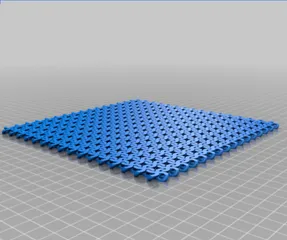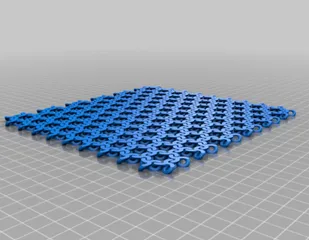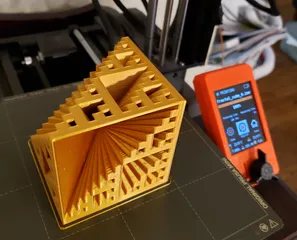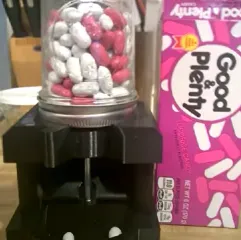Classroom Polyhedra
Description
PDFImagine some number of points on the surface of a sphere. Now imagine that the points are all trying to get as far apart from one another as they can. Eventually they will reach a balanced equilibrium. Now make a plane through each point tangent to the sphere. The planes will intersect forming the vertices and edges of a polyhedron in which the original sphere is inscribed. The more points you start with, the more faces your polyhedron will have and the more spherical it will become in shape.
The shapes included go from 5 faces to 22 faces excluding 6 (a cube) and 12 (a dodecahedron). a sphere with 1 cm radius is inscribed in all of the polyhedra.
It's interesting to see the strange shapes emerge. Only a few of the platonic shapes emerge (tetrahedron, cube, dodecahedron) but not the octahedron. No Archemedian solids emerge although the 32 face figure is close to a truncated icosahedron (soccer ball). as the number of faces goes up, the polyhedra see more and more hexagons and pentagons and triangles and quadrilaterals disappear.
These should be fun in the classroom where students can explore Euler's formula where Faces+Vertices-Edges=2.
Print Settings
Printer Brand:
Prusa
Printer:
i3 MK3
Rafts:
No
Supports:
No
Filament: Inland PLA
Category: MathTags
Model origin
The author marked this model as their own original creation. Imported from Thingiverse.




